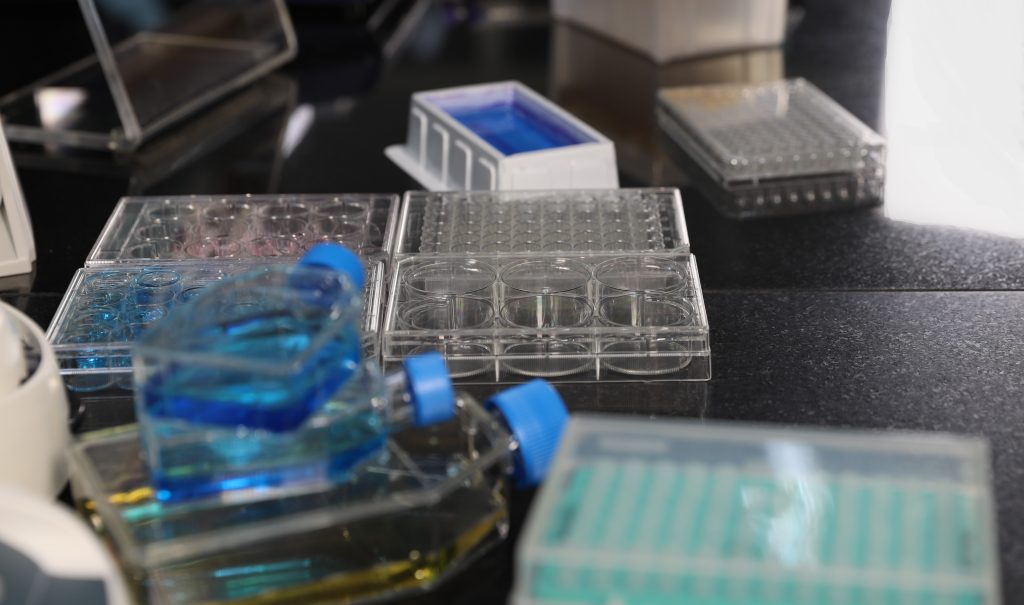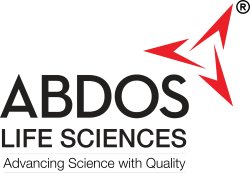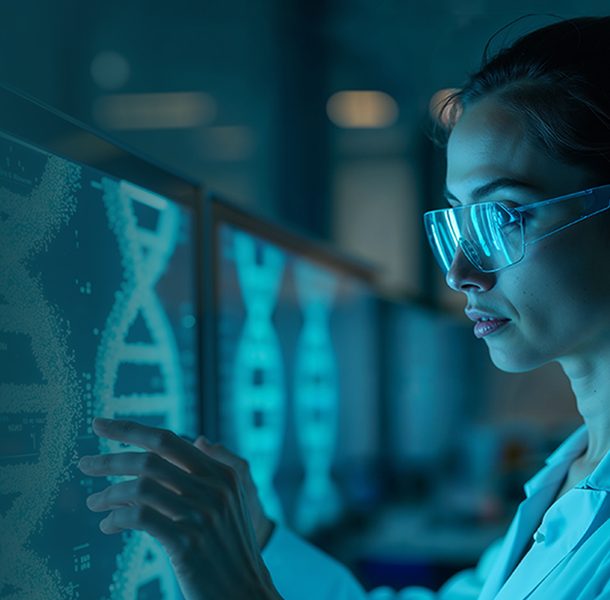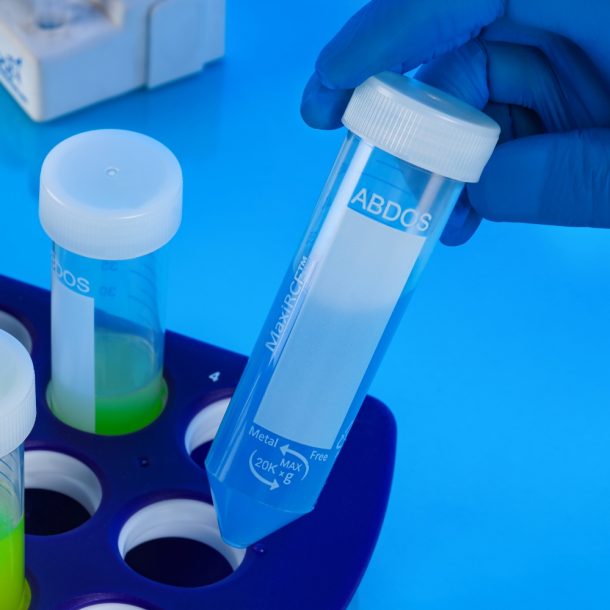
Revolutionizing Cell Culture: Latest Innovations and Solutions by Abdos Life Sciences

For many years, cell culture has been essential to drug development, biological research, and regenerative medicine. Over the years, this technique has revolutionized the way researchers grow and manipulate cells artificially and provides more precise models for the study of drastic diseases in depth, tailored therapy, and personalised medicine. With these innovations, scientists enable to achieve exceptional growth in the field of research and shape the future of life sciences with precision and reproducibility in their results.
Fundamentals of Cell Culture
Cell culture techniques allow the living cells to grow outside their natural habitat also referred as in-vitro conditions. Commonly, isolation of cells take place from the animal or plant tissue and further cultivated in nutrient rich medium under monitored ambient conditions to increase their growth and proliferation. This fundamental method has been used in various fields, from studying cell biology to enhancing therapeutic solutions.
The Shift to 3D Cell Culture Systems
One of the recent and interesting trends in the cell culture is the transformation from traditional 2D models to 3D cell culture frameworks. Where, in 2D cell culture technique, cells grow on flat surfaces where it often fails to duplicate the cells actual behaviour as found in the living tissues. This barrier can potentially misguide biological responses and restrict the development of accurate disease models and treatments.
However, 3D cell culture method allows cells to interact in a complex environment and imitate the exact functions and morphology of native tissue. This is the most innovative approach of growing cells in the in-vivo conditions, empowering scientists to study cellular behaviour such as disease metastasis, regeneration of tissue and drug resistance more effectively.
Research studies have developed 3D models by combining the stromal, tumor and immune cells with the components of extracellular matrix. Interactions of different cell types in 3D system revealed the drug resistance mechanism and the dynamic behavior of tumor is also emphasized including such as invasion and immune evasion (1).
Spheroids in 3D Cell Culture
Generally, spheroids are nothing, but the aggregation of 3D Cell that mostly imitate the function and natural conditions of tissues. These spheroids are extensively used in cancer research and development of drug. From the recent studies on spheroids suggested that breast cancer spheroids such as MDA-MB-231 cells offer useful insights in understanding the growth of tumor, metastasis, and drug resistance. Spheroids are responsible to enhance the secretion of vascular endothelial growth factor (VEGF), which influences vasculogenesis and angiogenesis the two key processes in tumor progression” (2).
The Rise of Organ-on-a-Chip (OOC) Technology
Organ-on-a-chip is an another advanced technology, also referred as microfluidic devices, which mimic the actual functions of human organs and introduce more efficient platform for testing of drugs and screening of toxins. The OOC system consist of lined miniature compartments with human cells which imitate the functionalities of specific organs.
Examples include lung-on-a-chip technology, the function and the morphology of alveoli in the lung replicated. This technology combines the cells of alveolar epithelial and vascular endothelial with-in a flexible polymer microdevice, where the lung air-blood barrier is imitated. Cyclic mechanical stretching is applied on the device which mimics the native motion of breathing and provide real time physiological responses (3).
Another latest research includes the evaluation of the novel drug called parmodulin-2 (PM-2), using alveolus-on-a-chip technology, which is quite promising treatment to prevent the life-threatening blood clots also known as thrombosis. Studies showed that the Drug (PM-2) helps in the smoother blood flow reduces the thrombosis risk in-vivo and in-vitro systems. This chip is also used to study the substance LPS (linked to infections) induced thrombosis. In addition, multi-organ-a-chip technology replicate the interaction between different organs of humans (4).
Innovation at the cellular level with Abdos Life Sciences
To support the cutting-edge research, Abdos life sciences offers a wide range of innovative cell culture products including treated and non-treated cell culture flasks, cell culture plates and cell culture dishes treated with vacuum plasma to ensure the uniform growth. Cell scrapers, roller bottles, bio-reaction tubes, media bottles are among other offerings that are used for sterility & durability and Erlenmeyer flasks with excellent gas-barrier properties. To ensure the preparation of sterile media, Abdos offers biofill bottle top filtration system. All the products are manufactured maintaining ISO 11137 standards that ensure the sterility of cell culture products.
Final statement
From 3D Cell culture to organ-on-a-chip technology and high throughput automation, the studies are leading to big breakthroughs in the cell culture techniques. These developments will provide scientists more precise and highly accurate physiological models which facilitates the revolutionary innovations with improving the targeted therapies, drug development and regenerative medicine. Abdos cutting edge cell culture product will equip researchers to shape the future of cell culture research.
References
- Nature Communications, “Tumor Complexity in 3D Cell Culture,” 2024.
- Characterization of Triple-Negative Breast Cancer MDA-MB-231 Cell Spheroid Model, 2020.
- Everflow.com, “Advances in Lung-on-a-Chip Technology,” 2024.
- Science Advances, “Multi-Organ-on-a-Chip Systems for Drug Development,” 2024.





